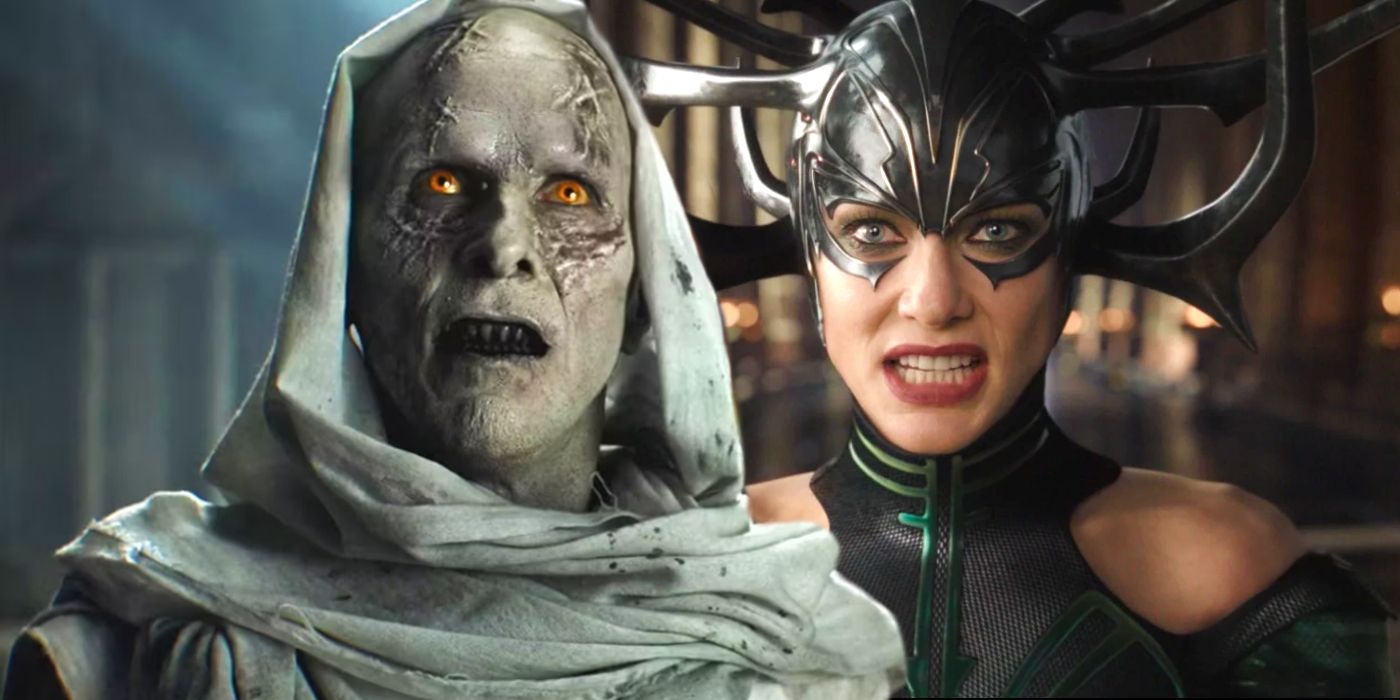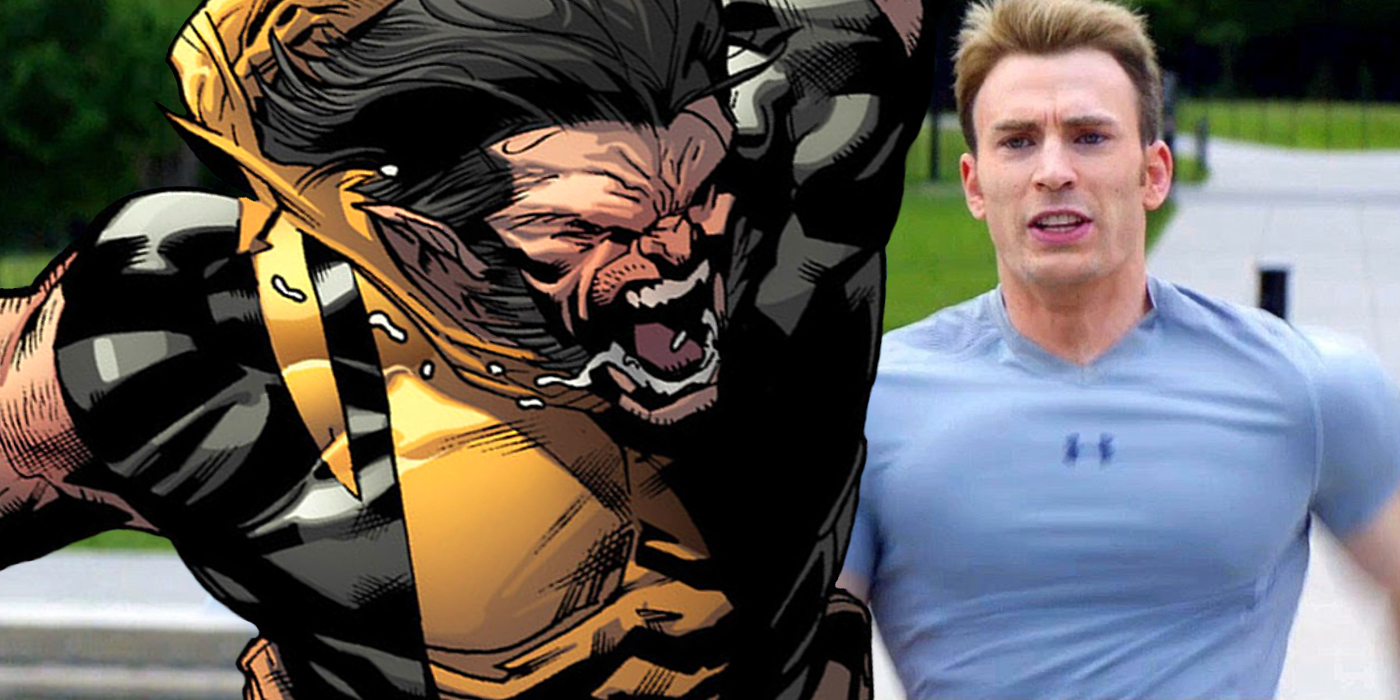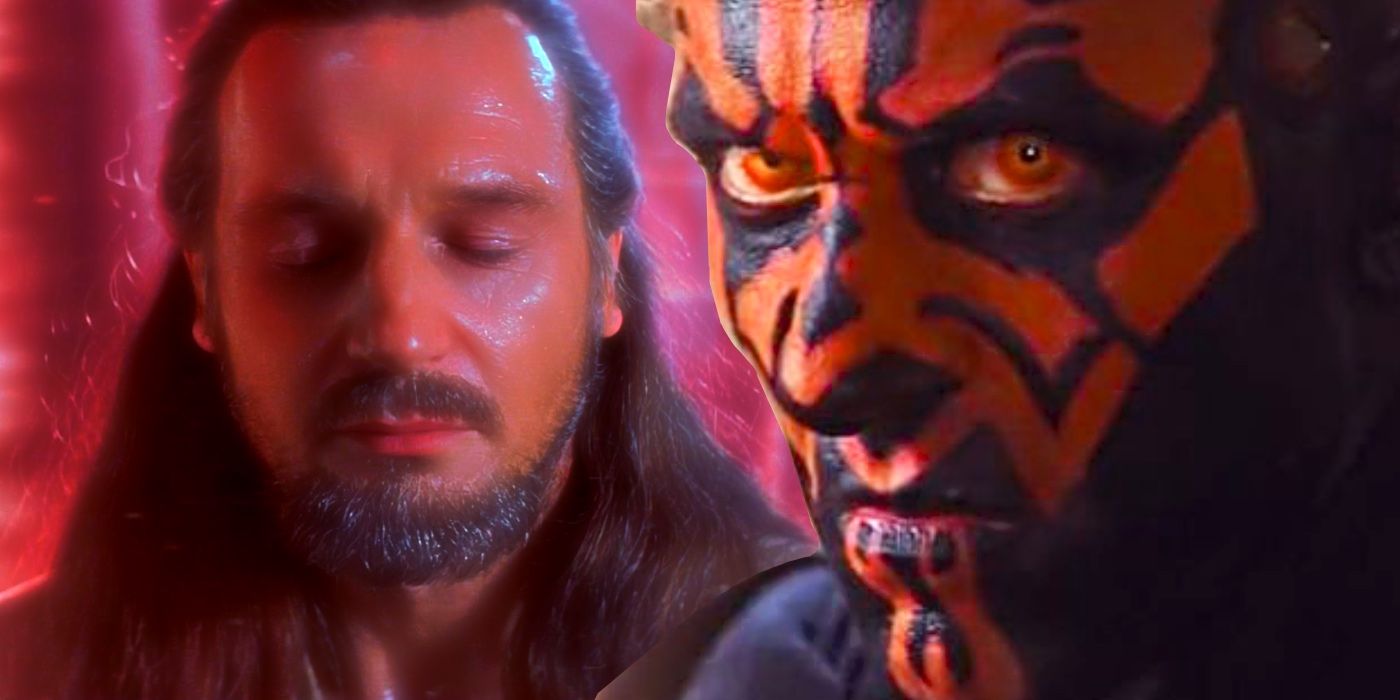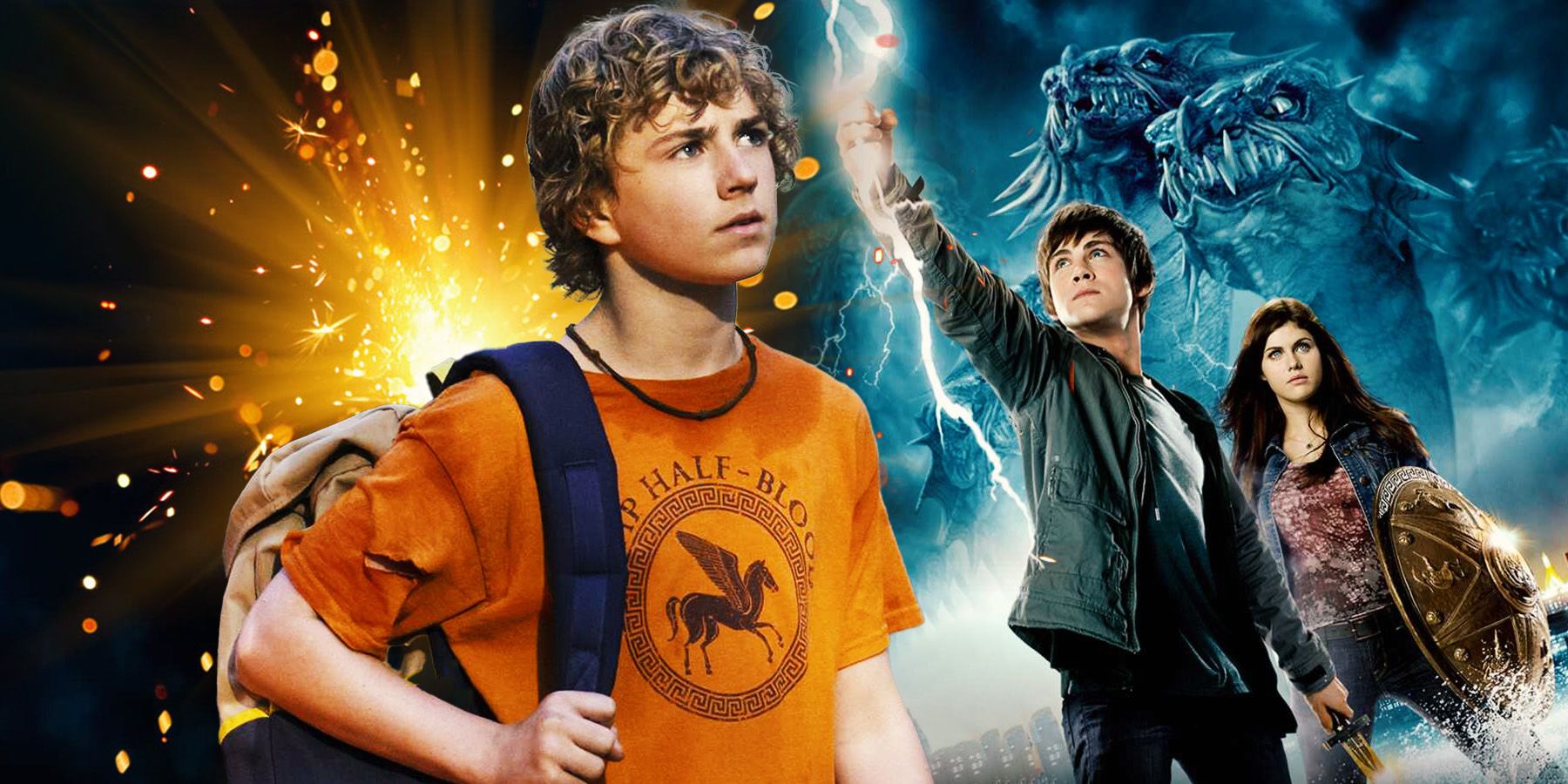Avatar: The Last Airbender is full of memorable, well-developed characters, but it fully lifts at least one minor player from the Street Fighter games. Owing to its East Asian fantasy inspirations, much of the show’s worldbuilding is firmly rooted in history, as fantasy is wont to be. But even before the pseudo-steam-punk technology of The Legend of Korra, The Last Airbender incorporated a few more modern references for good measure.
In addition to the varied influences on the world and storytelling, the characters themselves often take specific pop culture inspiration. Admiral Zhao, for instance, was directly inspired by the performances of actor Jason Isaacs, who would go on to provide his voice. Some references are more blatant still.
In “Bato of the Water Tribe,” Zuko employs June, a bounty hunter, to help him track down Aang. After their initial encounter, he and Uncle Iroh find her at an Earth Kingdom tavern, where she is seen arm wrestling with an unnamed character who looks very much like Ryu, the central character of the Street Fighter series. Despite resembling this notoriously capable combatant, the man in the tavern struggles before being easily dispatched by June, who, along with her animal companion, Nyla, sets about helping the prince.
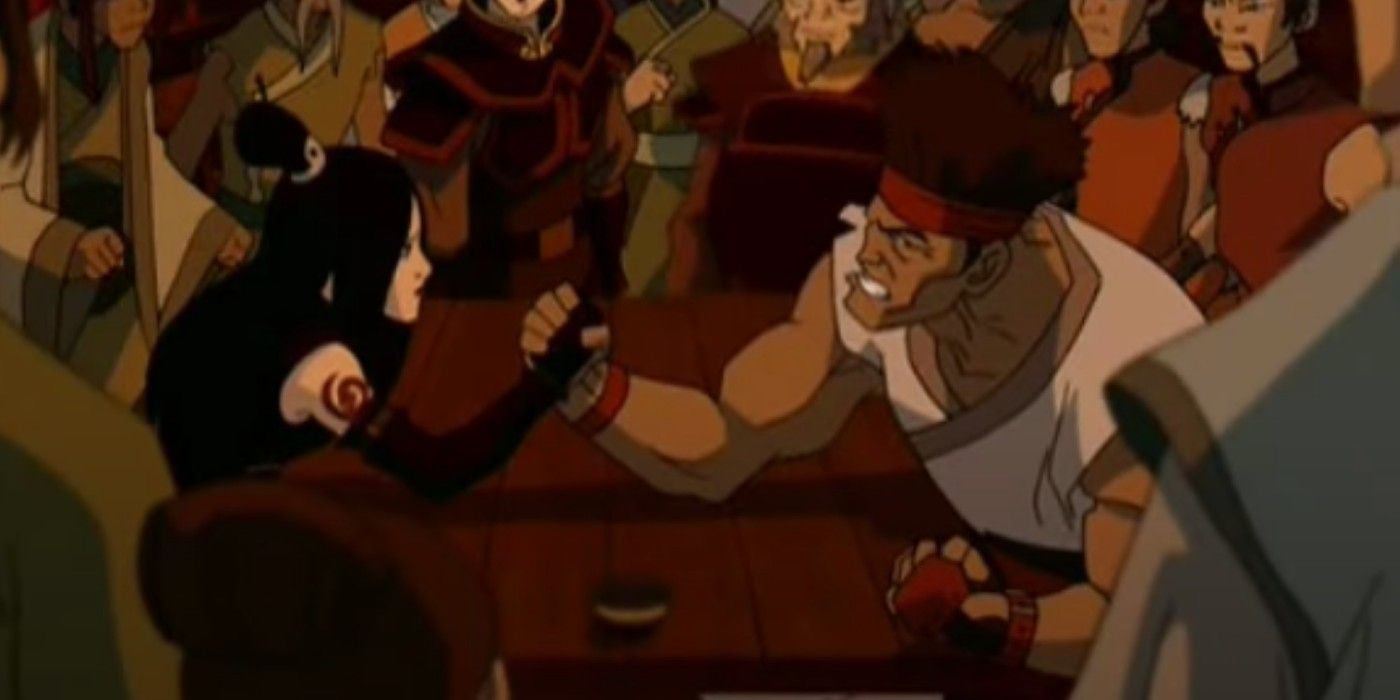
June returns in Parts 1 and 2 of “Sozin’s Comet” when she helps Team Avatar in their search for Uncle Iroh. The Ryu lookalike, conversely, is not heard from again after his ignominious defeat, his presence in the tavern having been used mostly to set a rough-and-tumble mood and to establish June’s strength. Ironically, The Legend of Korra would later feature an unrelated character by the same name who, in addition to being based on Ryu Ki-Hyun, one of the series’ artists and directors, is known for his unimposing lack of motivation.
While Ryu’s cameo is very noticeable to those familiar with Street Fighter, it is hardly the only meta-reference made by the show. In fact, a character resembling Raiden from rival fighting game series Mortal Kombat can be seen in the background of the very same tavern scene. And the show only became more playful in later seasons, from Toph manipulating a small sample of meteorite into the shape of Nickelodeon’s splat logo, to “The Ember Island Players,” an episode built entirely around a self-referential retelling of the show’s events. Even as its story became more ambitious, Avatar: The Last Airbender never abandoned this playful levity.
